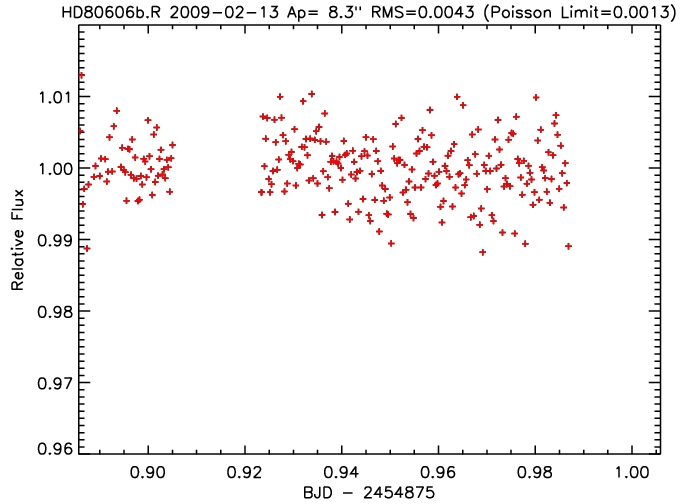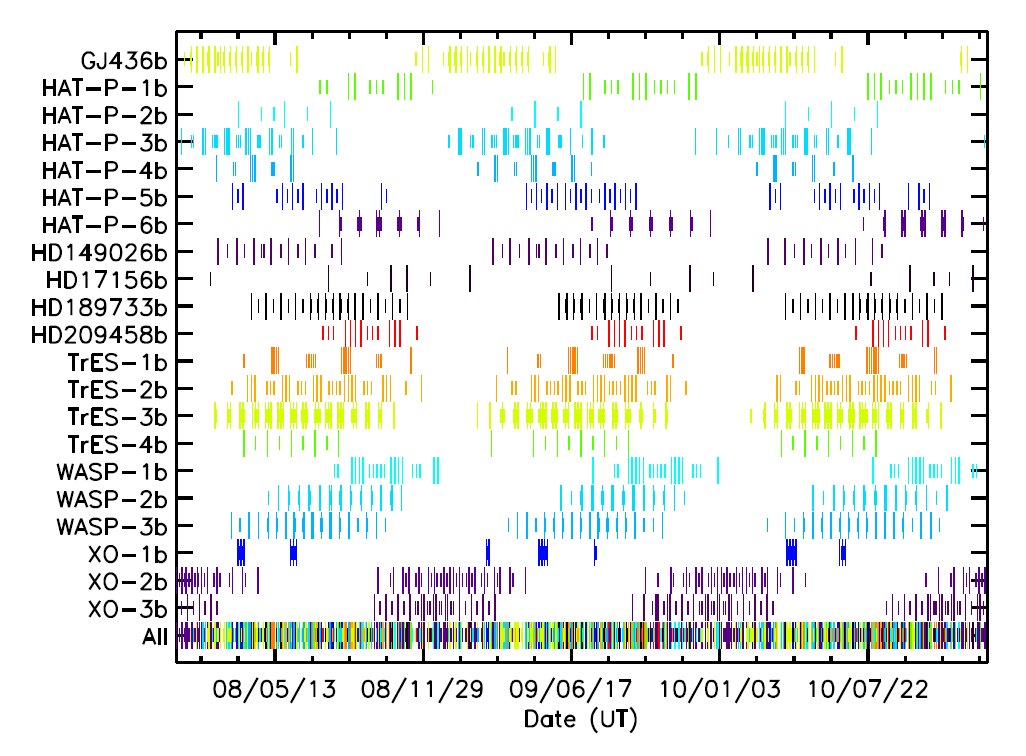DEMONEXContents: |
Summary
|
The DEdicated MONitor of EXotransits (DEMONEX) is a low cost, small aperture telescope assembled from commercially available parts. It is a 0.5 meter (20 inch) Meade RCX400 located at the Winer Observatory in Sonoita AZ, and equipped with an Orion 80mm ED and ST402-ME as a guider, an FLI Precision Digital Focuser, an FLI 7 position CFW-5-7 filter wheel, and FLI Proline CCD3041. From data acquisition to reduction, it is fully automated through TheSky6, CCDSoft, TPoint, VBScripts, and IDL. While all transits are observed in the sloan z' band to reduce the effects of limb darkening, it has g'r'i'z'VRI and clear filters available for auxillary science. |
DEMONEX Pictures: On Trailer | M42 | At Winer
DEMONEX Movies: Disassembly | Assembly | DEMONEX Fail
A transit occurs when a planet passes in front of its star, as seen from Earth. The pictures to the right illustrate what is happening, and why it is so difficult to detect an Earth-like planet around a Sun-like star. However, since these stars are so far away, we cannot resolve the planets themselves; the only thing we can see is the total light from the star and how it changes as the planet passes in front. From the shape of the lightcurve, we can derive the mass and radius of the star, the radius and inclination of the planet, and how far the planet is from its star -- this information is unmatched with any other observational technique. Because adjusting the focus from the corrector plate will introduce systematic flat field errors, we've purchased an FLI Precision Digital Focuser. It will be adjusted automatically according to the ambient temperature based on a lookup table. Our FLI CFW-5-7 filter wheel has 7 positions, populated with g'r'i'z'VRI filters. Alternatively, a clear filter is available. To the right is the combined throughput of g'r'i'z with the CCD QE. Set up and working at Winer Observatory.
Background
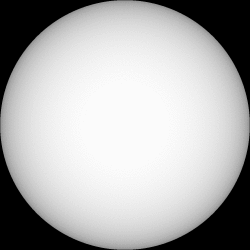
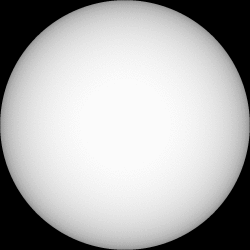
A "Hot Jupiter", HD189733b, transiting across its parent star (to scale).
How earth would appear to a distant observer if it transited the Sun (relative sizes to scale).
Science
CCD Characteristics & Parameters
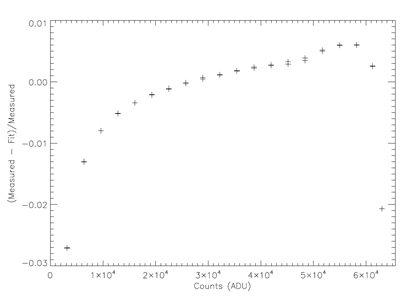
Focuser and Filter Wheel
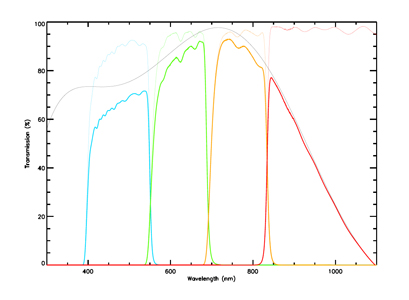
Observing Efficiency
Documentation & Information
Current Status
